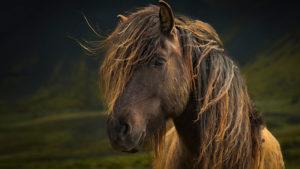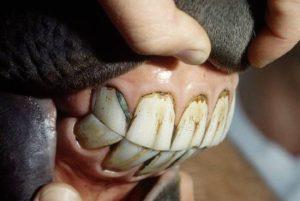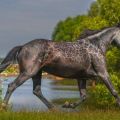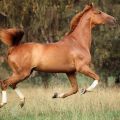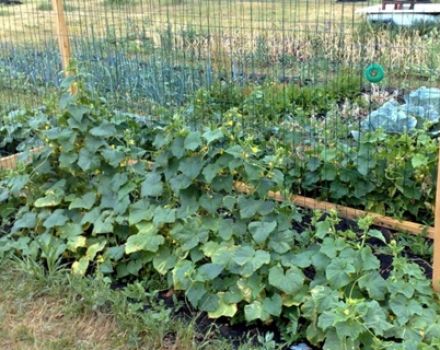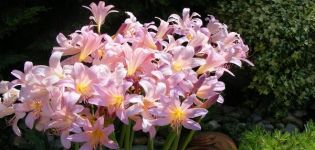Description of the Russian riding horse breed and maintenance rules
The Russian horse is a unique breed of horse. It's hard to find a more graceful creature. This amazing horse combines power and airy grace. As if in a state of weightlessness, he performs his pirouettes and bravely takes any obstacles. The horse is able to carry its master out of the thick of the battle. He carries out his service, despite the heat and frost. At the same time, it is impossible to find a more vulnerable animal in need of love and attention.
Historical data
The unique breed of horses appeared thanks to the efforts of Count Alexei Grigorievich Orlov. Driven by a passionate desire to breed a reference horse, the count selected the best representatives of Arab and European breeds for breeding.
The strongest and most enduring descendants of these horses were planned to be assigned to serve in the cavalry troops. By a happy coincidence, the Persian Shah presented Empress Catherine with a pair of beautiful stallions. Knowing about the plans of Alexei Grigorievich, the tsarina immediately transferred them into the property of the count. The collection of horses was also replenished during the Russian-Turkish battles. The enthusiastic aristocrat was faced with the task of developing a breed of horses that could easily learn and endure the hardships of a harsh climate.
Special requirements were imposed on the formation of the external appearance of animals. Horse-bird, horse-dream. This is how Count Orlov saw the ideal horse.
The founders of the Oryol breed were horses of English, Arabian and Asian origin. In 1770, Alexei Grigorievich's stud farm became the pride of the Russian Empire. The famous hippologist V.I.Koptev noted with admiration the amazing grace of the Oryol horses. “The neck coils into a ring, the back is flexible, the mouth is soft. Horses are obedient and smart ”- such a characteristic was given to animals by a specialist.
In 1802, Count Rostopchin became interested in the creation of a new breed of racehorses. For breeding work, he used the most hardy horses of English and Arab blood. The Count's efforts were not in vain. The breeder introduced the world to energetic, stocky, short-necked horses. The horses were distinguished by an obstinate disposition. The external appearance of the animals was not as dazzlingly good as that of the animals of the Oryol plant. However, the Rostopchin horses were much more resilient than their competitors.

After the death of Count Orlov, the Khrenovsky stud farm was orphaned. In 1845 the farm was sold to the state. Ironically, the same fate befell the enterprise of Count Rostopchin. The new owners decided to unite the two famous breeds. This is how the Oryol-Rostopchin horse appeared.
The golden age of Russian horse breeding ended with the outbreak of the First World War. With the country's collapsed economy, horse breeding turned out to be an unaffordable luxury. Most of the horses died during the battles. The surviving beauties were used for the transportation of goods and field work. Unadapted horses often died.
The authorities remembered about precious horses only in the 30s of the 20th century. A handful of surviving horses took refuge under the roof of the Derkul stud farm. Breeding work was renewed and even crowned with success. The triumph of the specialists of the Derkul enterprise was the performance at the All-Union exhibition of horses of the Orlovo-Rostopchin breed in 1939. At the same time, the breed received a new name - Russian horse.
The happiness did not last long. During the terrible years of the Great Patriotic War, the population of unique horses was almost completely wiped off the face of the earth. Miraculously, the surviving horses were collected on the territory of the Krasnogvardeisky stud farm. The farm employees have made a lot of efforts to restore the former glory of the unique horses. However, during the reign of Khrushchev, the breed was destroyed.

In 1978, thanks to the efforts of the employees of the Starozhilovsky stud farm and the Timiryazev Academy, work began on recreating the breed. Using ancient records of breeding works, scientists step by step approached the goal. The factory specialists were looking for the descendants of the precious horses. The Akhal-Teke, as well as Arabian, European and domestic breeds, were involved in breeding.
In 1999, the Russian riding horse received official recognition.
Description and characteristics of the Russian riding horse breed
The graceful silhouette of a descendant of the Orlovo-Rostopchin breed is similar to the outlines of an Arabian horse. Thanks to the flexible joints, the horse's movements are smooth and graceful.
Exterior and suit
Tall representatives of the Russian riding breed are impressive in their size. Stallions reach 172 cm, mares are slightly smaller. Their maximum height is 165 cm. The muscles are well developed, the average weight of the animal reaches 500 kg. The long, curved neck is crowned with a relief head. The ears are small, sensitive, pointed. Large, dark eyes look expressive and wise. Large, quivering nostrils complement the portrait of the handsome man.
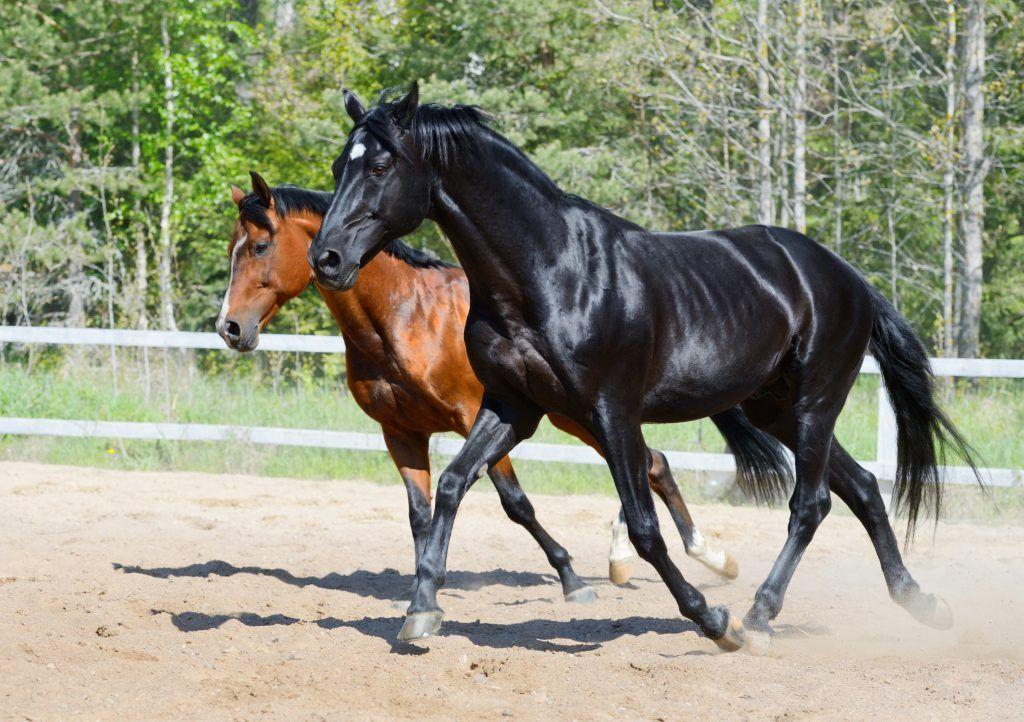
The muscular back and wide, relief chest are harmoniously combined with the back of the animal. The horse's croup is prominent, with well-developed muscles. Slender, sinewy legs give the horse a sophisticated look. All joints are clearly visible. Hooves are of low height. Due to the structure of the legs and soft, elastic headstock, the animal has a unique, soft gait. A silky mane and a wavy, long tail complete the animal's portrait. Russian racehorses can be black and chestnut.
Temperament and character
The animal is distinguished by aristocratic manners. The horse is patient and easy to train. The pet needs constant contact with humans. Readily responds to praise. He does not forgive the owner of an aggressive or dismissive attitude. In such cases, the horse becomes stubborn and irritable.
Due to its friendly disposition, the animal can be found in the ranks of the mounted police. If a pet becomes attached to a rider, the other owner may not be recognized. Due to the peculiar temperament and physical parameters, the animal needs an active lifestyle. Without games and the attention of the owner, the horse can get bored. A dexterous, agile animal created for competition.
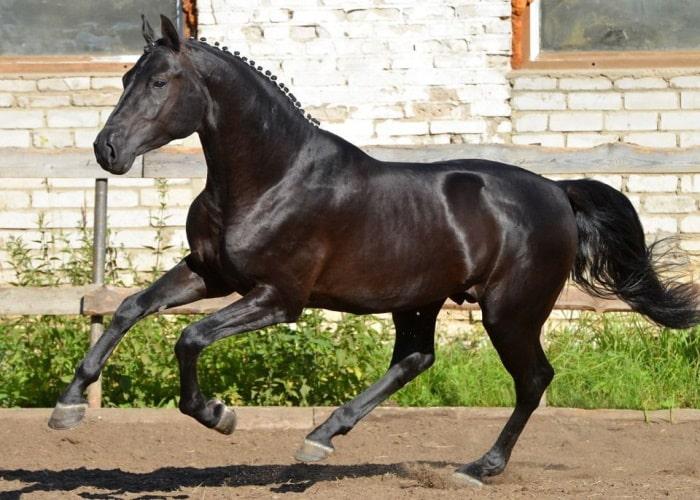
Productive qualities
The horse is intended for show, dressage and eventing only. It is sacrilege to consider a horse as a source of meat.
Main pros and cons
Raising a Russian riding horse requires patience, love and tact.To achieve a successful result, it is necessary to consider the advantages and disadvantages of the animal. Positive traits:
- natural curiosity;
- friendliness;
- high intelligence;
- patience;
- agility and energy.
Disadvantages of the breed:
- obstinacy;
- stubbornness;
- thinks quickly, but with such a mindset, he instantly grasps both good and bad. Because of this quality, the pet has to be kept under constant control.

Keeping thoroughbred horses
A graceful animal needs special care and close attention. Due to the increased activity and size of the horse, it is necessary to provide the pet with a spacious "living space". At least 5 meters are allocated for personal apartments. Dennik is thoroughly cleaned daily. The stall is washed twice a week. In the spring, the room is treated with an antiseptic. In warm weather, the pet is allowed to walk. Fresh herbs contain vitamins and nutrients.
A sensitive animal does not tolerate harsh, loud sounds and bad smells. The horse needs regular walks (at least 3-4 times a week). Without an active lifestyle, the muscles of a horse will quickly atrophy. After the walk, the hooves and body of the animal are thoroughly cleaned. During the procedure, you must not approach the horse from the back side (the horse may not cope with his emotions and kick the person). The drinking bowl must be constantly filled with fresh water. Dehydration threatens the pet with death. For a sports horse, horseshoes are made individually, according to their own measurements.
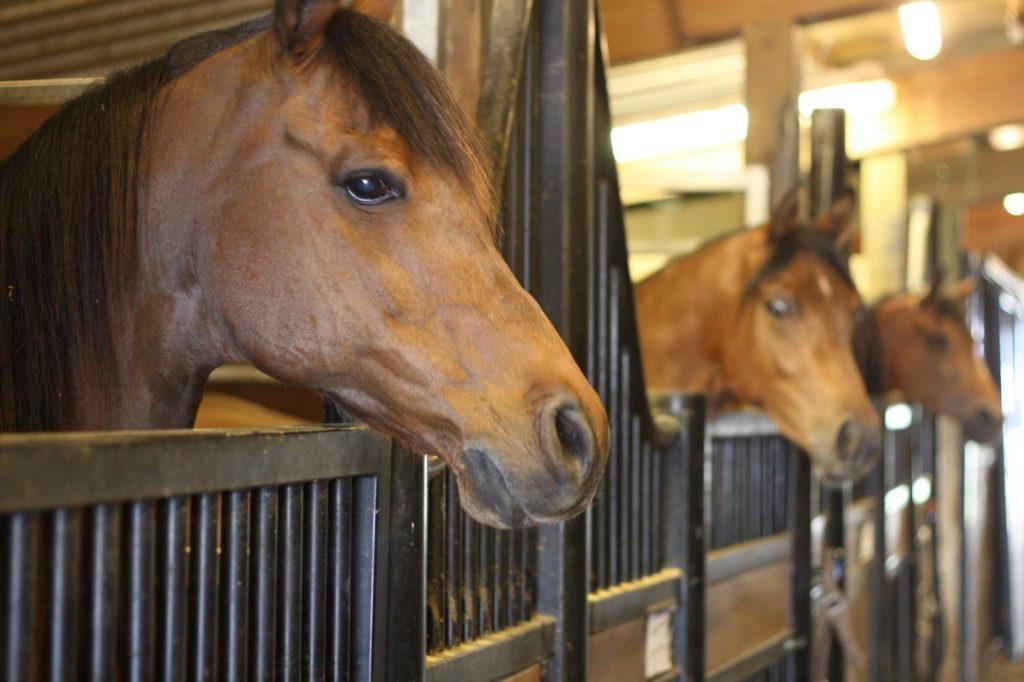
Feeding the domestic horse
The diet is made up of quality ingredients. It is strictly forbidden to give your pet stale, poorly dried food. The daily diet of a healthy, active horse consists of:
- 4 kg of compound feed or grain;
- 1 kg of chopped rye or wheat straw (the component is necessary for the production of saliva in the animal);
- 4 kg of meadow hay;
- 2 kg of vegetables or fruits (the horse will be happy to be treated with beets, carrots, pumpkins and apples);
- vitamins and minerals in the form of food supplements.
In addition to the listed components, the pet is given bone meal. The substance compensates for the calcium deficiency in the horse's body. The lack of this element threatens problems with the bones and joints of the horse.
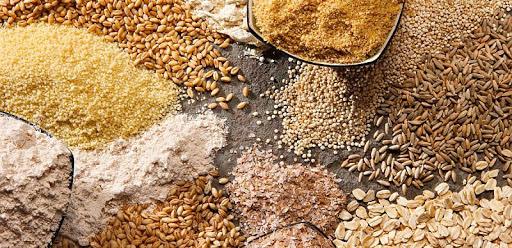
Breeding rules
For further breeding, horses that do not have breed defects are allowed. Animals are selected according to the criteria: origin, physique, conformation, efficiency, quality of offspring.
Separate requirements apply to the suit of the horse. The reference horse may only be of a bay or black color, without spots.
Possible diseases
If you follow the rules for keeping horses, the likelihood of a pet getting sick is small. In poor conditions, the horse can be exposed to viral diseases, such as flu or rhinopneumonia. Manure not harvested on time can provoke such a nuisance as washing. This ailment is accompanied by coughing and loss of appetite. Wet, dirty litter is a sure way to hoof diseases (biting, laminitis). Eating inadequate quality feed threatens the pet with painful colic. In all cases, you should immediately seek help from your veterinarian.
Application
Russian riding horses are successfully used in spectacular shows, races and at exhibitions. Luxurious horses are constant participants in parades and celebrations. Horses serve in the ranks of the mounted police. Thanks to its peaceful nature, the horse can become a real friend.
